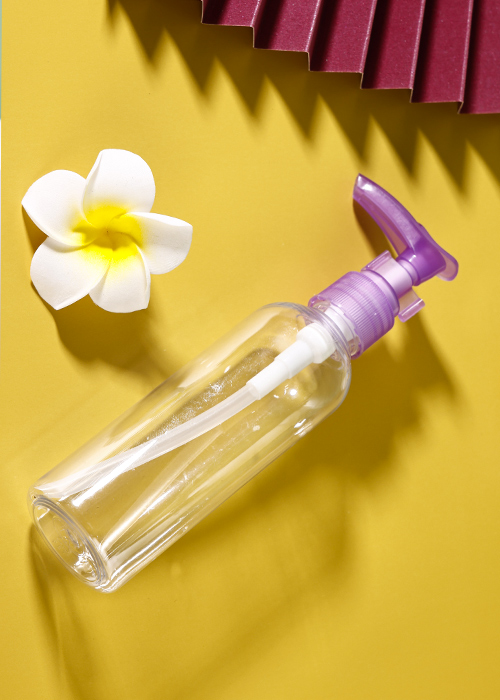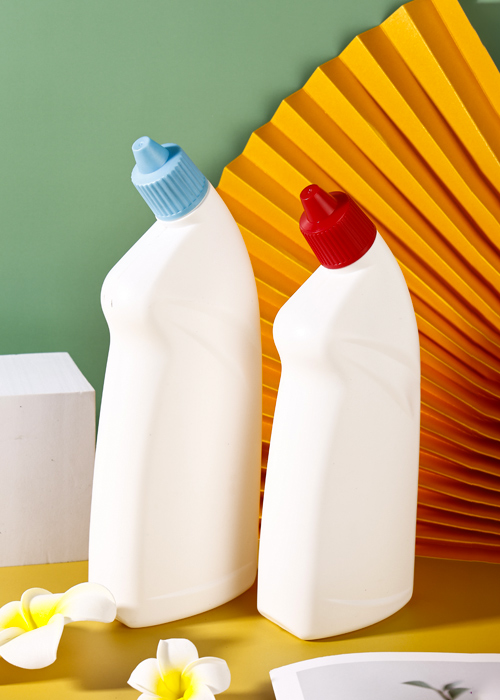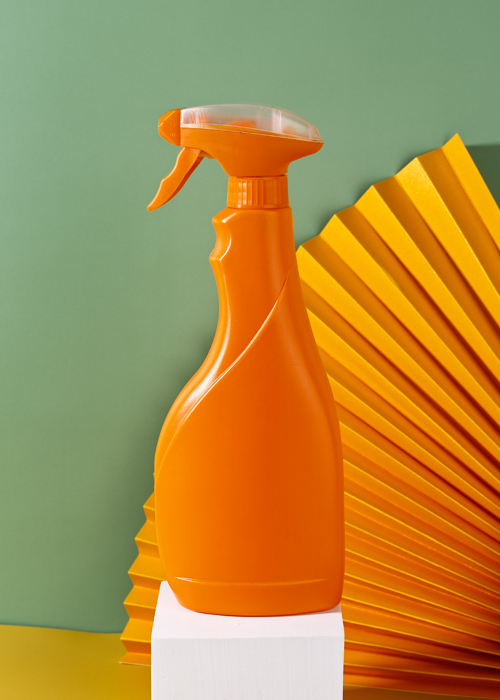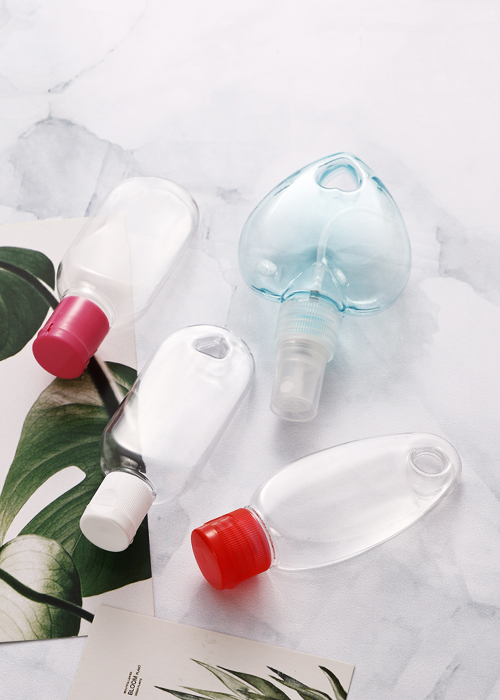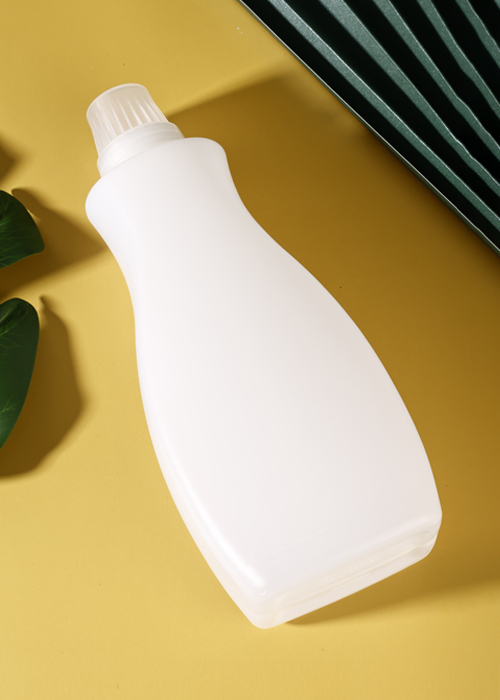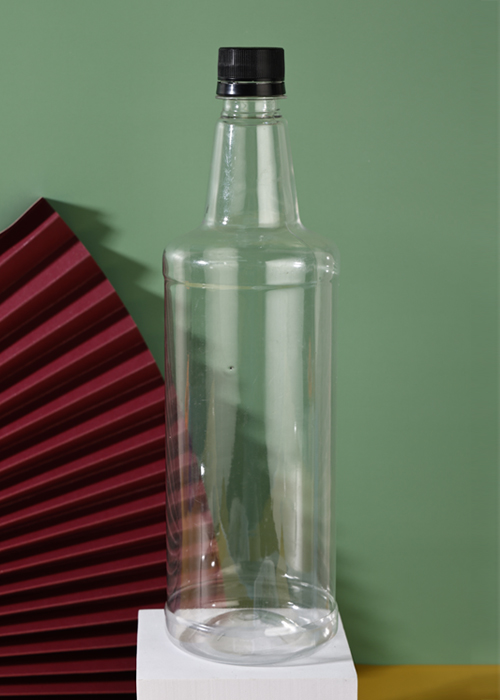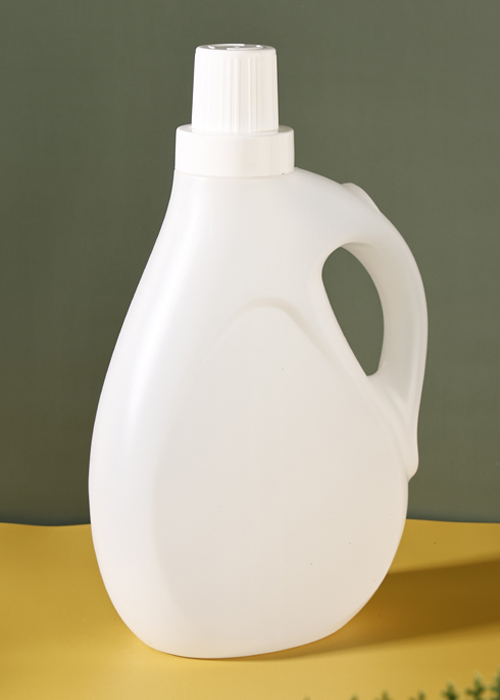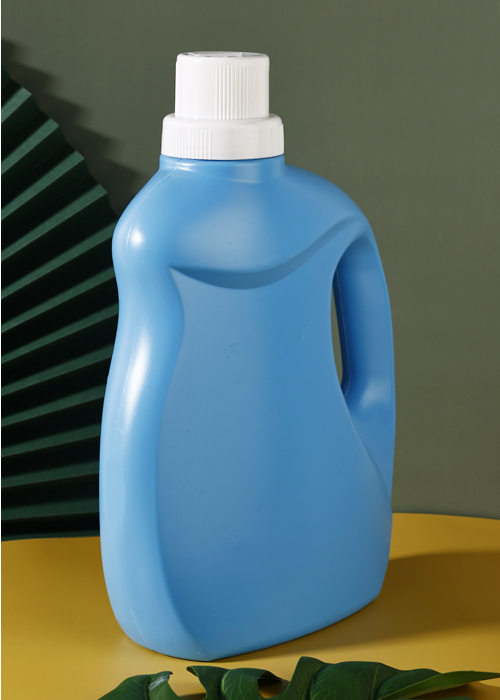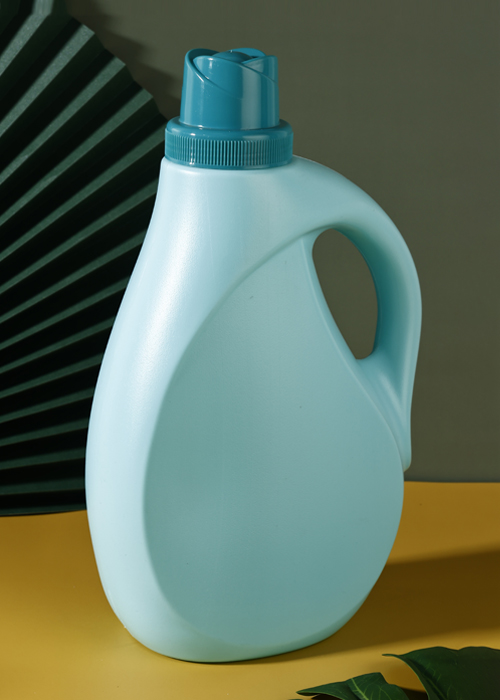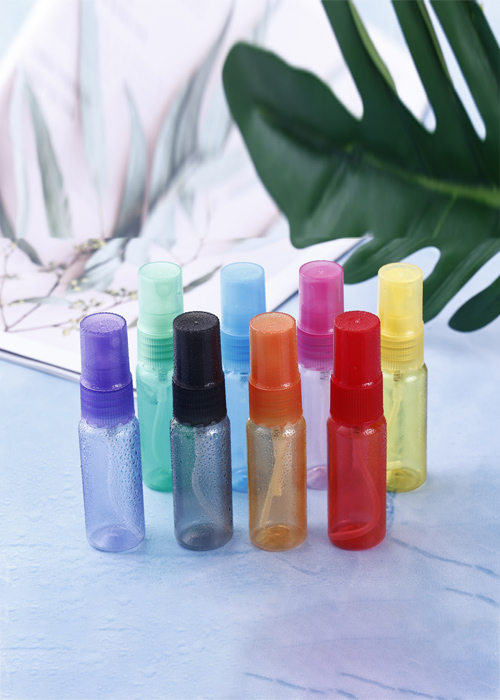Pharmaceutical packaging has emerged as an important component of healthcare supply chains. The packaging of medicines ensures their safety and quality during the transport and storage. Bottles are among the most popular packaging types because of their durability, resistance capacity, and affordability. In addition, they can also be recycled. This article outlines some of the major features of pharmaceutical packaging bottles.
Pharmaceutical packaging bottles are often made of plastic or glass and are available in various colors. They are generally light brown or orange to protect the contents of the pharmaceuticals from ultraviolet rays. Some pharmaceutical products may also come in sachet packages, which are small plastic pouches designed to hold different types of medicine. Although these types of packaging are cheap and easy to use, their quality can be compromised if they are exposed to light or heat.
Another consideration when choosing pharmaceutical packaging is safety for children. Children can accidentally open a cap on a medication, so it is imperative that the product is packed in a safe way to prevent accidental access to medication. While child resistant caps can be helpful, these options are not ideal for preventing accidents. If a child breaks a glass bottle, they may swallow the contents and suffer an injury.
Pharmaceutical packaging materials must be chemically inert and low in water vapor permeability. The material also needs to be easy to handle. These characteristics make pharmaceutical packaging materials an efficient choice for modern healthcare professionals. Further, pharmaceutical packaging manufacturers are investing in research and development to develop efficient packaging that is eco-friendly.
Pharmaceutical packaging is a complex industry that includes many different kinds of pharmaceutical packaging materials. From bottles to tubes, pharmaceutical packaging manufacturers and suppliers use a variety of materials to protect and store drugs. They are heavily regulated in every country to ensure the safety of patients. Pharmaceutical packaging also helps in the dispensing and dosing of the contents. Many pharmaceutical packaging products come with warning labels.
Pharmaceutical packaging is often divided into three different types. Primary pharmaceutical packaging is the first layer of material that surrounds the product and helps hold it securely. Secondary and tertiary pharmaceutical packaging provide additional protection against damage and contamination. In addition to these, pharmaceutical packaging also plays an important role in marketing and identifying different pharmaceutical brands.
The manufacturing process used to create these bottles involves blow moulding or injection molding of plastics. These processes can be used to create plastic packaging with a variety of designs. The materials used in these processes include Polyethylene (HDPE), Polypropylene (PP), and Polyvinyl chloride (PVC).
The quality of pharmaceutical packaging is also important. The manufacturer must identify the potential contaminants present in raw materials, such as metals, as well as additives.

 中文简体
中文简体 English
English عربى
عربى русский
русский